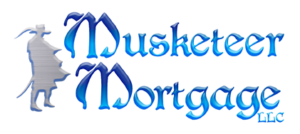“Conventional loans” are mortgages that meet “conforming guidelines” and are not guaranteed or insured by a government agency. In other words, the investor is assuming all the risk, so to meet conforming guidelines, you typically need a higher credit score and a lower debt to income ratio (DTI) than FHA, USDA and VA loans. The down payment required for a conventional loan has historically been a little higher at around 5%; however, there are some 3% down options available. In 2016, new conventional programs were introduced with a lower down payment to take back some the market share from FHA which only requires a minimum of 3.5% down. There are specific guidelines for these 3% down programs with the major qualifying factor being the median income in your county—so you can’t make too much money relative to others in the area you are looking to buy. I can check if you’re qualified for a lower down payment loan option if you are interested.
Something important to remember when you are applying for a mortgage is that the down payment represents your actual initial ownership in the home. It represents your “skin in the game” should anything happen and you default on your loan. So if you put down 3%, the bank really owns 97% of your home when you close. Looking at it from this perspective you can better understand the bank’s risk if you are unable to make your mortgage payments for any reason because they are on the hook for most of the loan. To mitigate this risk, the bank is going to require you to carry Mortgage Insurance (MI) for anything greater than an 80% loan to value (LTV). The good news with a conventional loan is that the mortgage insurance is not nearly as high as most people think, plus it will go away once you reach the 80% LTV. If you put 20% down, there is no mortgage insurance.
Here is a video that explains mortgage insurance and why it is actually a good thing:
Why Mortgage Insurance is A Good Thing
YouTube Video for Conventional Loans


